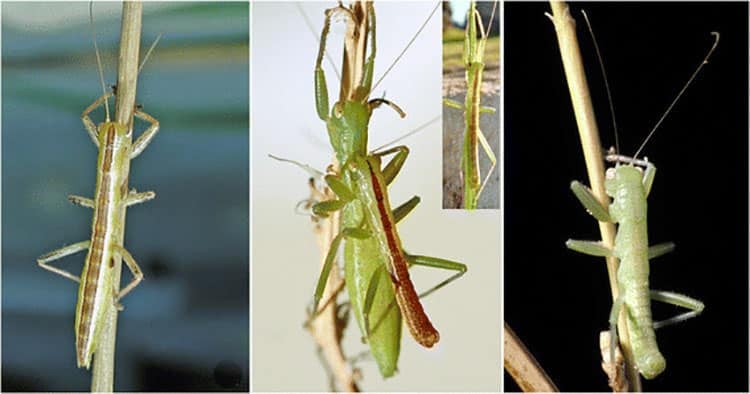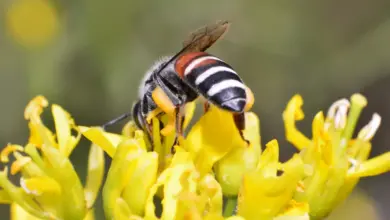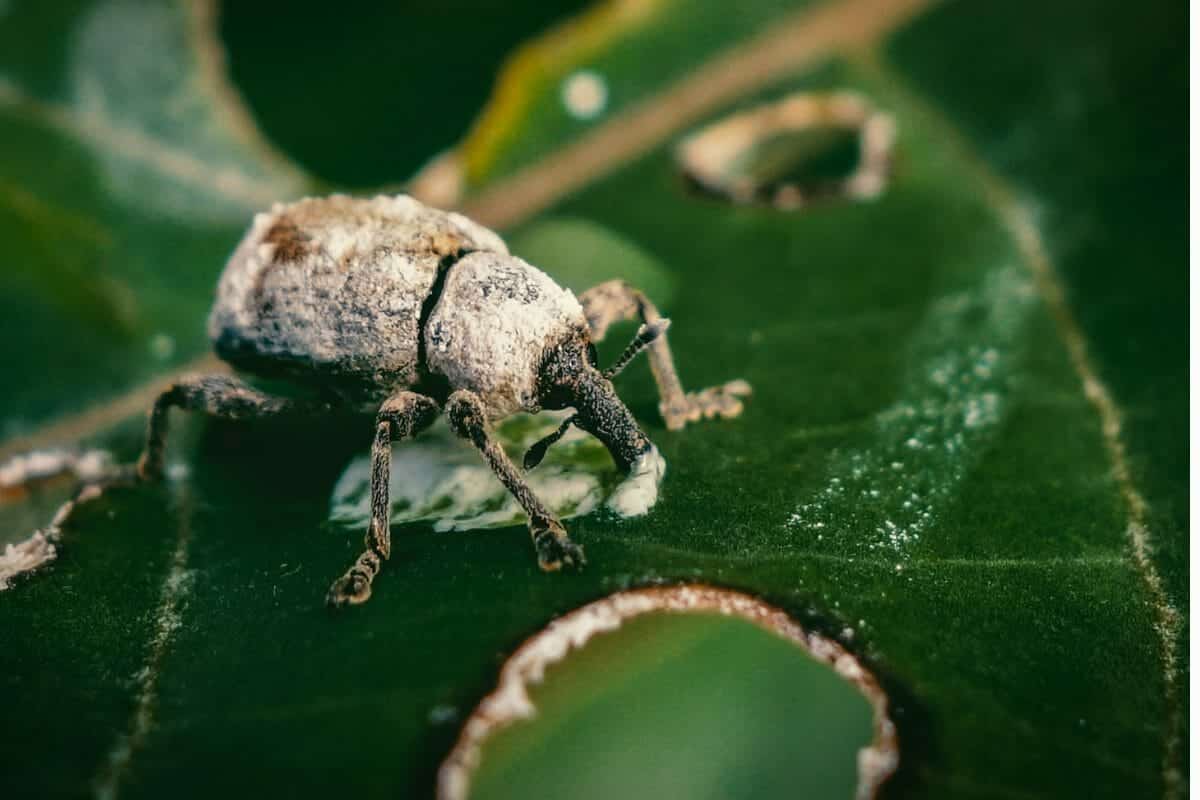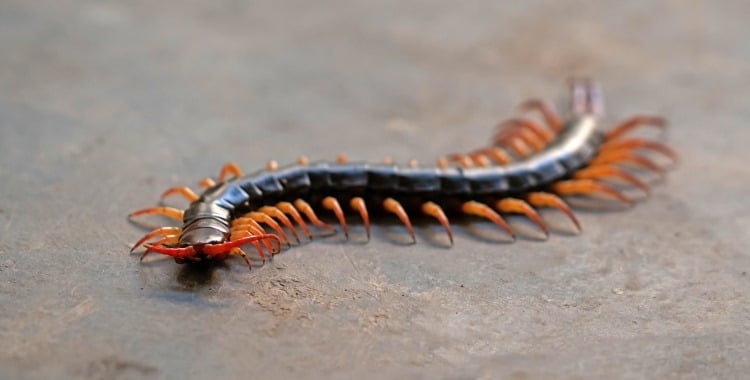Psocodea: Anoplura: The Clingy World Of Sucking Lice
A Note on Taxonomy
There is considerable argument to suggest that the Sucking Lice (Anoplura) and the Biting Lice (Mallophaga) are part of a single order, the ‘Phthiraptera’. Furthermore there are also arguments that all the Phthiraptera should be combined with the Pscoptera in a single order called the Psocodea. Here at Earthlife.Net we are treating the Anoplura as a suborder of the Psocodea.
Unless you are a taxonomist – or very seriously studying these insects – it is not important to make a decision on which form of classification you prefer. This is because there will be more changes to terminology in the future. As long as you know to avoid them, and can be amazed at what nature has created it will be OK.
Introduction to the Anoplura
The Anoplura are described as wingless (Apterous), hemimetabolous (having a simple metamorphosis i.e. no pupa) ectoparsites (living on the outside of their hosts) of mammals. However, while it is known that not all species of mammals suffer from sucking lice, the reason some groups have escaped parasitism remains unclear.
There are about 538 described species (as of 2021), of which 24 are found in Britain.
They have reduced or absent compound eyes, no ocelli and no cerci. The mouthparts are adapted for sucking and retractable into a special cavity in the head, when not being used. They are dorsoventrally flattened with strengthened legs which have large single claws and only a single tarsal segment – as part of their special adaptation to clinging on.
Sucking Lice all feed on fresh blood and only occur on Mammals. They are of most importance to mankind because of the ones that live on us.
There are two species which feed only on humans, the first being Phthirus pubis, the Pubic Louse. This is the squatter, broader and more sedentary of the two and can be distinguished by its having unequal legs (the fore legs being shorter and weaker).
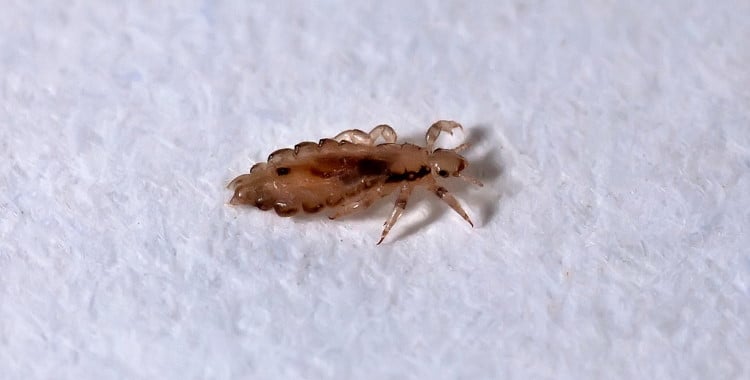
The second human loving species is Pediculus humanus. Pediculus humanus has two races ‘capitis‘ (or the Head Louse) which lives on the head and is believed to be the original form and ‘corporis‘ (or the Body Louse) which lives on or in clothes and around the body. The body louse is believed to have evolved from the head louse. The family Pediculidae is restricted to primates as its hosts and always has eyes which are prominent and pigmented.
Pedicularis humanus, race corporis is the carrier of Ryckettsia prowazeki the cause of Typhus which is transmitted in the faeces of the louse.
The Ecology of the Anoplura
Sucking Lice eggs are oval and whitish when first layed. They are glued by the female louse onto the hair or skin of the host (in most species P, humanus sometimes just scatters it eggs around its hosts body) by a drop of louse glue. This is a clear fast drying glue exuded by the female before laying the egg.
A female will lay about 300 eggs, at a rate of about 10 eggs a day. The eggs take 8 days to hatch in P. humanus and 12 days in Haematopinus eurysternus a louse of ungulates (hooved mammals). What hatches from the egg is called a nymph. Nymphs got through three larval instars before becoming adults. This takes 16 to 19 days to become adult in P. humanus and about 12 days in Haematopinus eurysternus. There is then a further period of 1 to 3 days before the new adults become sexually mature.
Anoplura Taxonomy
The taxonomy of the Anoplura is still in considerable confusion as regards the higher classification and what is below may be different to what you will find in texts such as Imms. Species number are from the online database The Catalogue of Life
Suborder Anoplura
- Family Echinophthiriidae • 13 living spp.
- Family Enderleinellidae • 54 living spp.
- Family Haematopinidae • 21 living spp.
- Family Hamophthiriidae • 1 living spp.
- Family Hoplopleuridae • 157 living spp.
- Family Hybopthiridae • 1 living spp.
- Family Linognathidae • 70 living spp.
- Family Microthoraciidae • 4 living spp.
- Family Neolinognathidae • 2 living spp.
- Family Pecaroecidae • 1 living spp.
- Family Pedicinidae • 14 living spp.
- Family Pediculidae • 3 living spp.
- Family Pthiridae • 2 living spp.
- Family Polyplacidae • 192 living spp.
- Family Ratemiidae • 3 living spp.
What Next?
Well, I hope you have learned a little about the sucking louse!
Perhaps now you’d be interested to know more about bark lice.


